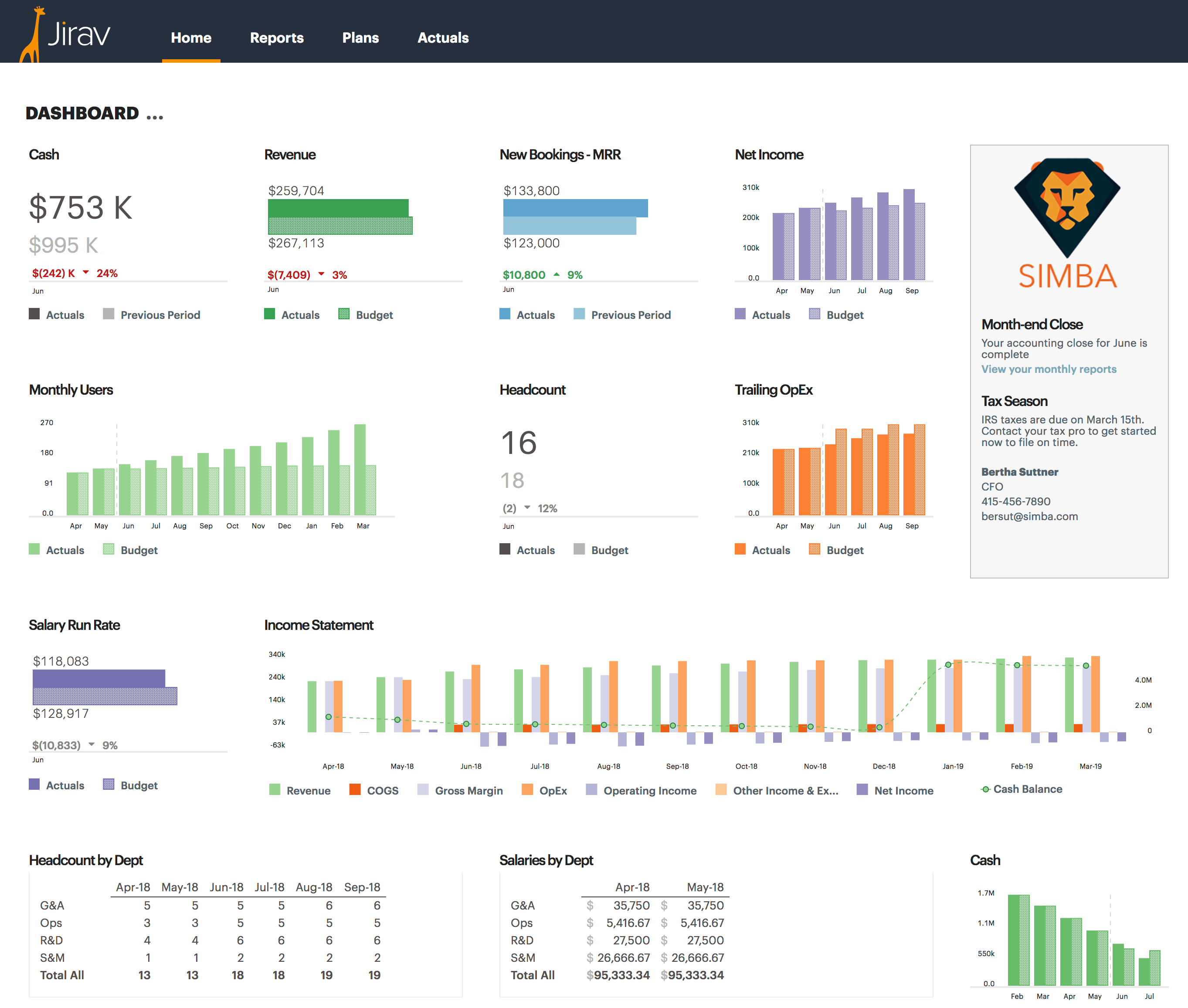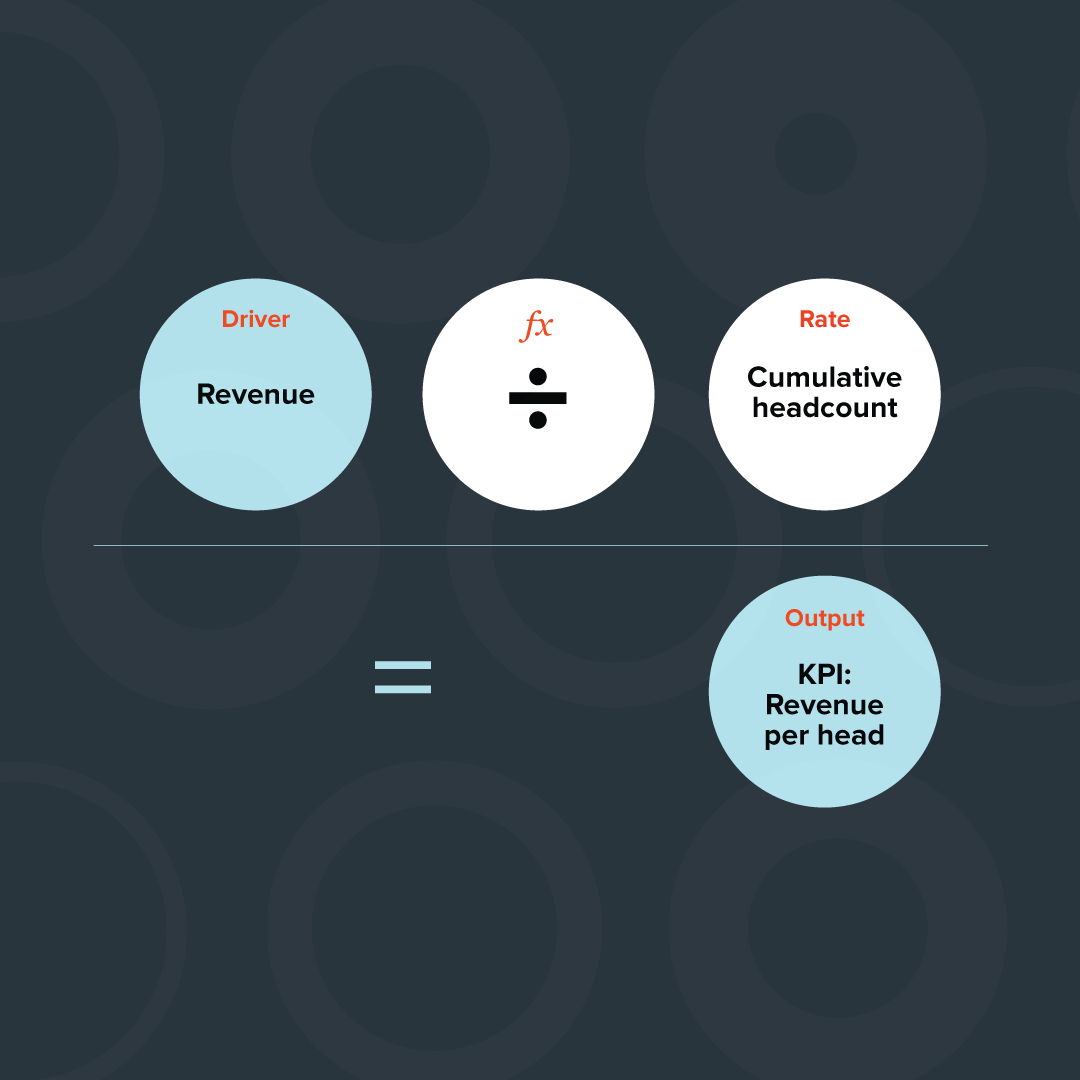Budgeting is an essential part of financial management for businesses across industries. It helps organizations plan and allocate resources effectively, ensuring that financial goals are met.
When it comes to budgeting methods, two approaches, driver-based budgeting (DBB) and zero-based budgeting (ZBB) are touted for their contribution to enhancing FP&A processes. Each method has its own merits and is suitable for different industries based on their unique characteristics and needs.
In this article, we’ll explore the differences between DBB and ZBB and discuss why DBB may be the preferred method depending on the industry.
DBB vs. ZBB: What is the difference?
While both methods have their pluses, understanding their differences is key to choosing the right approach for your company’s needs.
DBB
DBB focuses on key business drivers or activities, by identifying the primary factors that influence the organization's financial performance and creating a budget based on these drivers.
DBB links financial projections to underlying operational drivers, like sales volume, number of customers, or production units. By using this approach, organizations aim to establish a clear cause-and-effect relationship between operational activities and financial outcomes.
When to Use DBB
DBB is particularly useful in dynamic and rapidly changing industries where the relationship between operational activities and financial outcomes fluctuates significantly. It’s also effective for organizations that rely heavily on operational efficiency and need to closely monitor and manage their key performance indicators (KPIs). Many modern finance professionals prefer this method for its agility.
ZBB
ZBB is a financial planning strategy where a specific purpose is assigned to every dollar of income at every given time period.
Unlike traditional budgeting methods, ZBB involves starting from scratch with a new budget for each period, instead of adjusting the previous budget. To achieve this, every function within an organization is analyzed meticulously to determine its needs and costs, ensuring all budgets target what’s necessary for the upcoming period. This method encourages businesses to critically evaluate their spending priorities and allocate resources based on current needs and expected returns. When implementing ZBB, finance teams run the risk of coming across as ruthless with cost-cutting; in light of this, it’s important to emphasize the business-building benefits of this type of budgeting.
When to Use ZBB
ZBB is suitable for organizations that want to challenge their existing cost structure and eliminate inefficiencies that may have accumulated over years of building on previous budgets, instead of considering actual business needs. It’s particularly effective during periods of financial constraints, restructuring, or when organizations are experiencing significant changes in their industry or business model. Additionally, it can be beneficial for organizations seeking to enhance their financial discipline and foster a culture of accountability.
The fundamental difference between the two methods lies in what information companies prioritize from their budgeting. DBB helps businesses understand the relationship between key drivers and financial outcomes to create budgets that align with their strategic objectives; ZBB helps companies eliminate unnecessary costs and optimize resource allocation by evaluating each budget line item for necessity and potential return on investment.
Choosing the Right Budgeting Method
The decision to use either DBB or ZBB depends on several factors, including the industry, business model, organizational goals, and the level of control and flexibility required.
In some cases, a hybrid approach that combines elements of both methods may be preferable. However, you should carefully evaluate your business’ specific needs and consider the advantages and limitations of each approach before making a decision.
DBB is advantageous in industries where key drivers significantly impact financial performance. For instance, industries like retail, manufacturing, telecommunications, healthcare, and technology can benefit from DBB, as it allows organizations to align budgets with the drivers that directly influence their success.
On the other hand, ZBB can be more suitable for businesses like government agencies and in situations like restructuring or when a company is experiencing a critical financial situation. But on the whole, ZBB can be time-intensive and require considerable detail.
When deciding between DBB and ZBB, consider factors like the industry dynamics, competitive landscape, operational complexity, and growth targets. It’s also essential to involve key stakeholders, like finance professionals, department heads, and senior management, in the decision-making process. Their input and expertise can provide valuable insights and help determine the right budgeting approach for your organization.
How DBB Enhances Industry Performance
By aligning budgets with critical factors, DBB empowers organizations to optimize resource allocation, enhance decision-making processes, and ultimately boost industry performance. Here are some of the industries where DBB has the most impact:
Retail
In the retail industry, where factors like consumer behavior, market trends, and competitive landscape are crucial, DBB plays a significant role in driving success. By identifying drivers like footfall, average transaction value, and conversion rates, retailers can allocate resources effectively to drive sales and profitability. Moreover, DBB provides a framework for continuous monitoring and adjustment. As market trends and consumer behavior evolve, retailers can adapt their budgets and strategies accordingly. Through regular reviews and performance analysis of the identified drivers, retailers can make data-driven decisions and stay agile in responding to changing market dynamics.
Manufacturing
DBB can be particularly beneficial for manufacturing businesses that deal with complex supply chains, production processes, and cost structures. By focusing on drivers like raw material costs, production efficiency, and machine utilization, manufacturers can optimize their budgets to achieve operational excellence and cost competitiveness. Monitoring and measuring drivers like production cycle times, equipment downtime, and defect rates, can help manufacturers identify areas for improvement and allocate resources to enhance production efficiency.
Telecommunications
The telecommunications industry is characterized by intense competition, rapid technological advancements, and evolving consumer demands. DBB allows telecom companies to track drivers like subscriber growth, average revenue per user (ARPU), and network capacity to make informed decisions on investments in infrastructure, marketing, and customer retention.
Healthcare
Healthcare organizations face unique challenges such as regulatory requirements, changing reimbursement models, and patient outcomes. DBB enables healthcare providers to consider drivers like patient volume, service mix, and staffing ratios to allocate resources efficiently and provide quality care, while managing costs effectively. By tracking these drivers and KPIs, health companies can identify areas for improvement, make data-driven decisions, and reallocate resources to areas that have the greatest impact on patient care quality and outcomes, as well as financial performance.
Technology (SaaS)
SaaS companies operate in an environment where innovation, agility, and efficient resource allocation are essential for success. DBB allows SaaS companies to align their budgets with key drivers that directly impact financial performance and growth. By focusing on drivers like product development costs, time to market, and customer acquisition, SaaS companies can make strategic investments in research and development, marketing, and sales to drive business success.
While DBB may be fitting for the industries mentioned above, every business is unique, and the choice between DBB and ZBB should be based on a thorough understanding of its operations, goals, and external market dynamics. By selecting the most appropriate approach, businesses can enhance their financial planning, drive growth, and achieve their strategic objectives.
Jirav empowers businesses to build better budgeting models that align resources with key drivers and foster exponential growth. Our advanced features offer optimized efficiency, accuracy, and strategic insights, so you don't have to worry about your model breaking. Book a demo today to discover how Jirav can enhance your FP&A processes.












